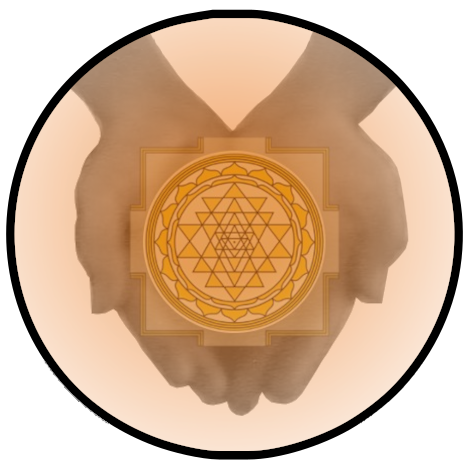Vikshipta in Yoga Meditation
QUICK EXPLANATION ON VIKSHIPTA
Vikshipta = one of the five states of mind (from yogasutra 1.1 commentary by Vyasa)
Vikshipta = not fully concentrated, a distracted state of mind, with the opportunity to train the mind to go to a concentrated mind (ekagra)
Five states of mind: (in order from not desired to desired state) kshipta, mudha, vikshipta, ekagra, and nirodhah
GO BACK TO THE LIST: “What is….?”
VIKSHIPTA: PRACTICAL
In which state of mind are you right now… in the state of vikshipta?
It is very useful to learn to recognize these 5 states of mind within oneself. Are you in the state of vikshipta right now? How does it feel to be in this state of mind? If you are not in vikshipta; in which of the other four states are you? If not; can you remember a moment when your state of mind was not disturbed, but just distracted? When the mind was able to concentrate for a brief moment, but was easily diverted? This is the state of mind called vikshipta.
Vikshipta is a good state of mind to start with practice
To start to do practice one will at least have to be in a state of vikshipta. Therefore one wants to become aware when one is in the state of kshipta or mudha and know how to transition into vikshipta. For example; doing a few vigorous pranayama exercises might wake up the mind, or going for a walk can energize the mind. Your own experiences and experiments will give you numerous insights on how to bring the mind to a state of vikshipta and leaving the states of kshipta or mudha behind. When the mind is in vikshipta one can train the mind go to the state of ekagra so that it can direct all its one-pointed energy towards the goal; diving beyond all the states of mind into a state in which the mind is nirodhah.
DAILY OBSERVATION AND YOGIC SELF-AWARENESS ASSESSMENT
Eventually the concept of vikshipta will swim around in your awareness all the time, as it becomes a part of constant self-awareness. Also, becoming aware of vikshipta will have the effect that you will increase your use of this word in your daily vocabulary to express yourself and you will discover how vikshipta relates to other concepts, processes, or insights. For example, you may come to see that vikshipta is related to rajas, or you find a relationship between manas and vikshipta. Eventually you will discover how all these concepts dance together and coming to know this dance will guide you towards that which is beyond all the concepts. This is because as you increase your self-awareness, you will discover that everything you can observe is not who you truly are, your true Self has nothing to do with vikshipta, you are the One that is able to witness all these concepts. Therefore vikshipta itself has to be transcended, who you really are is beyond vikshipta. This will increase the non-attachment towards vikshipta itself, while you can be in awe of the beauty of the Divine dance of Consciousness that appears to play as vikshipta. Therefore practicing self-awareness is actually practicing not-self-awareness by which the True Self will eventually reveal itself.
Look at the self-assessment PDF and a PDF that includes daily internal dialogue and daily observation, or visit www.abhyasaashram.org (when you are on this page scroll all the way down to find several downloadable PDFs). These PDFs can be used as tools to explore and expand your understanding on vikshipta.
SWAMI RAMA ON VIKSHIPTA
”Patanjali has put all levels of the mind into five categories: kshipta, vikshipta, mudha, ekagra, and nirodhah. Kshipta is a completely distracted mind. Vikshipta applies to those who have no control over their mind. They do not have a concentrated mind, but if they make effort, they can learn. Sometimes they understand and sometimes they do not understand because of their lack of attention. Their minds are not yet properly trained, but they are capable of being trained and accepted. That mind which remains in a state of stupor is called mudha. Ekagra refers to those who have a concentrated mind and can concentrate well. Nirodhah described those whose is completely under their control. They have trained their mind perfectly and can use it as they wish.”
~ Samadhi pg. 11
SWAMI JNANESHVARA ON VIKSHIPTA
Read the whole article “Witnessing” on www.swamij.com
The Mudha mind is barely beyond the Kshipta, disturbed mind, only in that the active disturbance has settled down, and the mind might be somewhat more easily trained from this place. Gradually the mind can be taught to be a little bit steady in a positive way, only occasionally distracted, which is the Vikshipta state. Then the mind can move on in training to the Ekagra and Nirrudah states.
